Artificers are the tech junkies of the D&D world. They have pride in their ability to create, decode, harness, or find different ways to use magic in combination with some of the most complex technologies.
They are the ones who choose to combine magic with technology through the use of various tools.
That makes them excellent supportive characters, always knowing what to do in a time of need.
However, be sure not to underestimate them; their capabilities can be used for far more than utility or control!
Contents
- Best Artificer Spells 5e
- 20. Mage Hand (Cantrip)
- 19. Faerie Fire (1st-level)
- 18. Sword Burst (Cantrip)
- 17. Enhance Ability (2nd-level)
- 16. Cure Wounds (1st-level)
- 15. Guidance (Cantrip)
- 14. Invisibility (2nd-level)
- 13. Absorb Elements (1st-level)
- 12. Tiny Servant (3rd-level)
- 11. Tasha’s Caustic Brew (1st-level)
- 10. Prestidigitation (Cantrip)
- 9. Spider Climb (2nd-level)
- 8. Mending (Cantrip)
- 7. Darkvision (2nd-level)
- 6. Feather Fall (1st-level)
- 5. Greater Restoration (5th-level)
- 4. Arcane Eye (4th-level)
- 3. Revivify (3rd-level)
- 2. Stone Shape (4th-level)
- 1. Creation (5th-level)
- Final Thoughts
Best Artificer Spells 5e
20. Mage Hand (Cantrip)
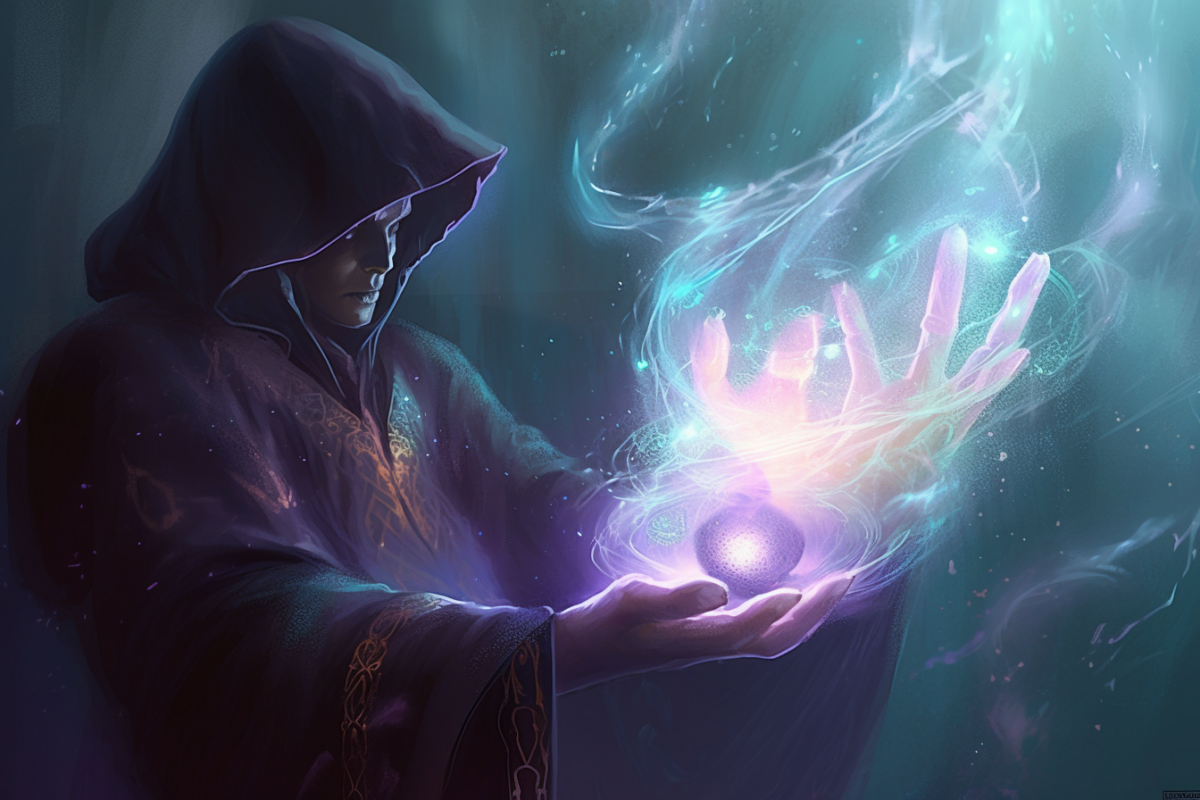
Starting things off, we have a spell considered one of the most useful early-game spells, staying relevant throughout the game.
Mage Hand spawns a floating spectral hand that you can control up to 30 feet from you.
The hand can provide handy utility, such as manipulating objects, opening unlocked doors or containers, retrieving or putting away an item, or even pouring out the contents of a vial.
Even though you can attack, activate magical items, or carry anything over 10 pounds, the hands remain absurdly useful. It’s also a Cantrip, so you can use it how many items you want!
19. Faerie Fire (1st-level)
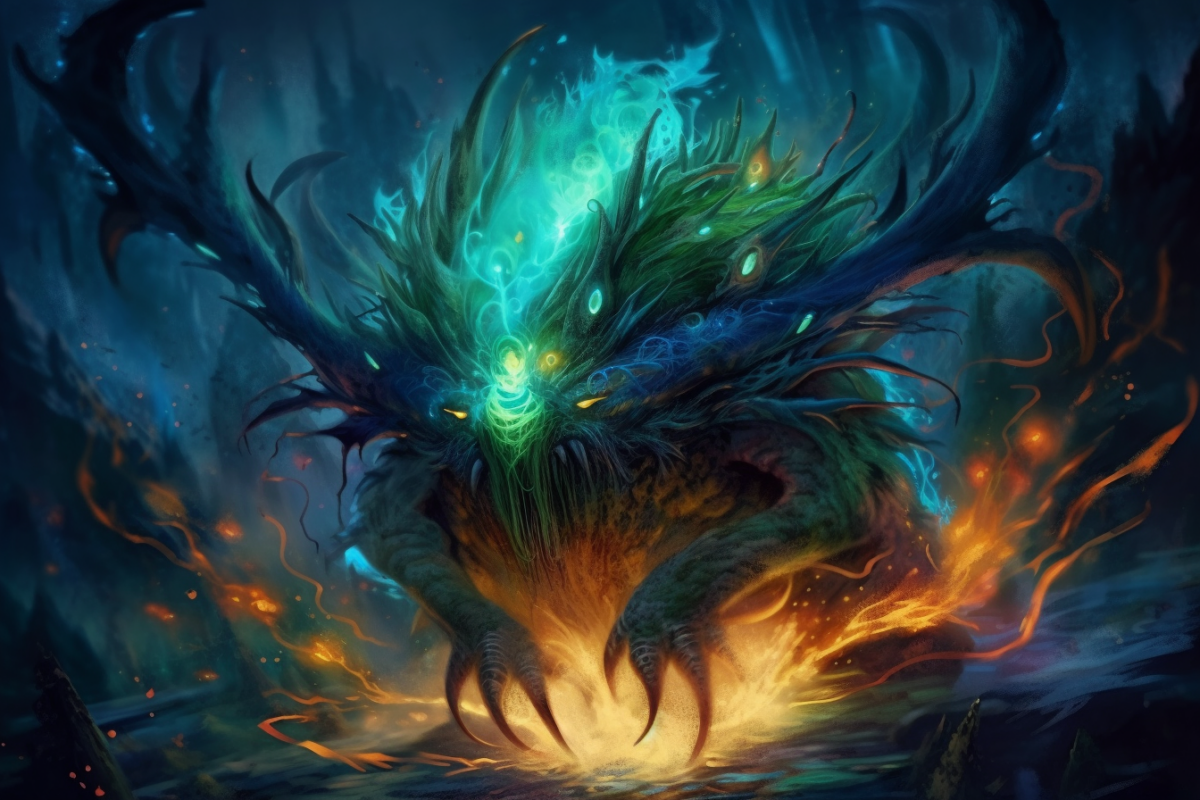
Faerie Fire would be an Artificer’s lowest option in which they can deal with invisible creatures effectively.
While the main purpose of the spell is to literally ‘shed light’ on invisible creatures, it also gives anyone who makes an attack roll against the creature advantage if they can see it.
Not only will the creature now be more likely to sustain damage, but it’ll also be unable to hide due to the dom light. This makes Faerie Fire not only a control spell but a debuff spell as well.
Note: Faerie Fire also has a 20-foot cube area and tells us in its description that any creature within this area will be affected. That’s incredible for a 1st-level spell.
18. Sword Burst (Cantrip)
Sword Burst is the ideal spell to use in close-nit melee situations when you’re outnumbered, without a decent melee weapon, and lacking spell slots.
The spell requires all those in its range to make a Dexterity saving throw, which isn’t very high for most enemies. If they fail, they’ll take a solid 1d6 Force damage, which isn’t bad for its level.
You should also remember that Sword Burst is a Cantrip, meaning you can use it without preparation and without expending a spell slot. All you’ll have to use is a standard action.
Note: The Artificer subclass, the Battle Smith, will find Sword Burst especially effective, but other subclasses like the Artillerist may also be tempted to take it.
17. Enhance Ability (2nd-level)
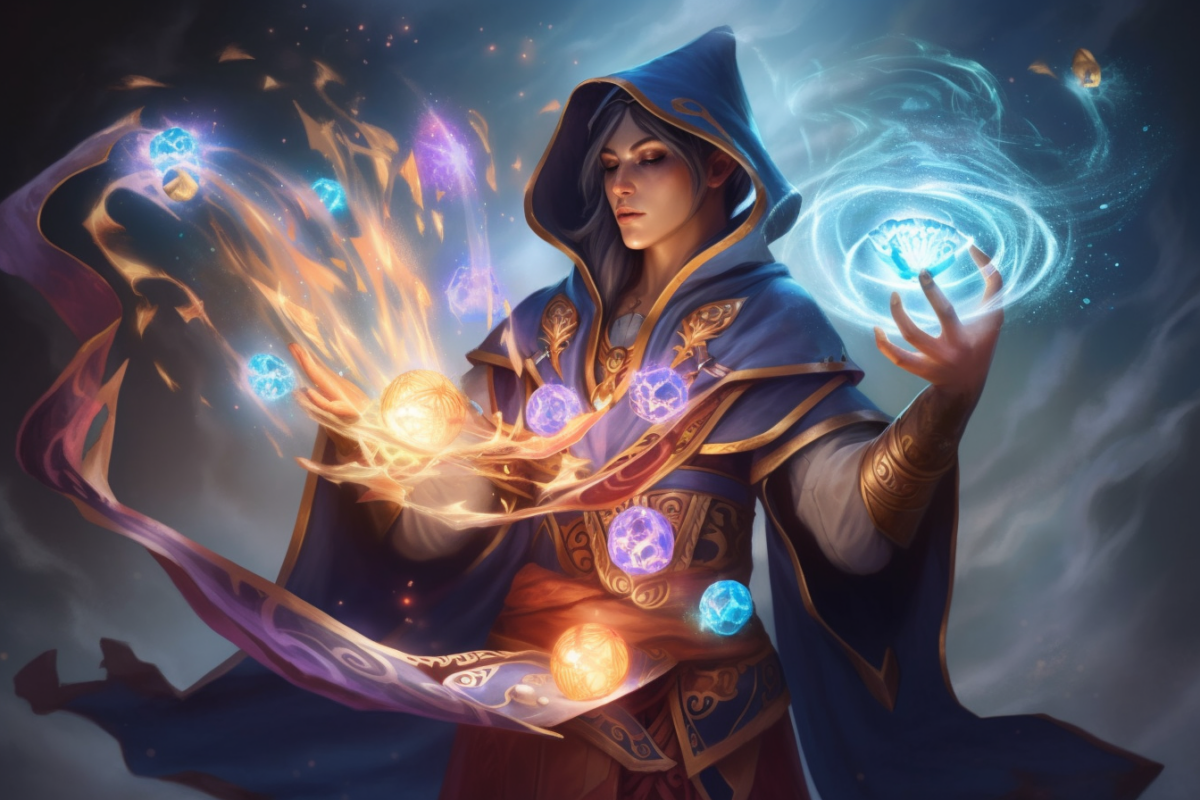
Since Artificers act mainly as supportive characters, adding to the team, buffing them, and debuffing enemies, Enhance Ability shouldn’t be left out.
Choices like Eagle’s Splendor will give advantage on Charisma checks, which work incredibly well when paired with a Bard.
You can also enhance an ally’s spellcasting ability (whichever attribute is linked to it), giving them an advantage on ability checks to dispel magic or counter spells.
Note: Giving and gaining advantage can turn the tides of a battle if given to the right players.
16. Cure Wounds (1st-level)
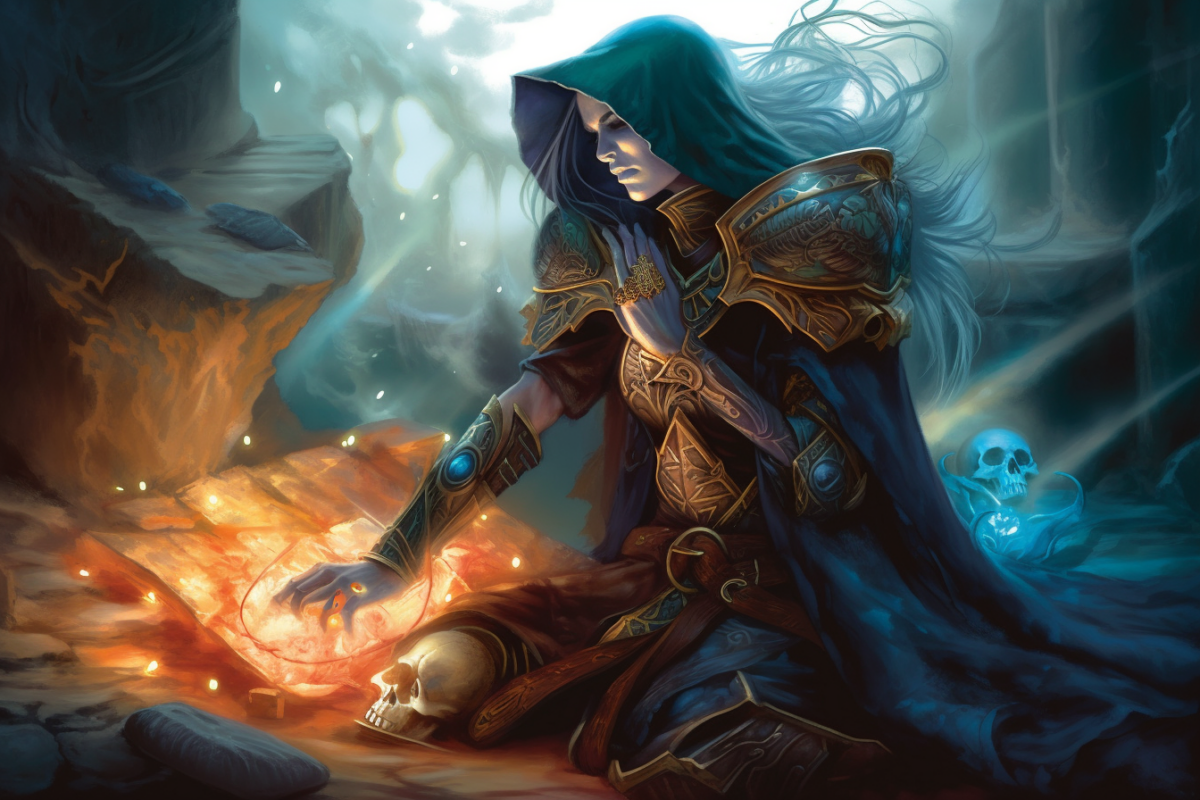
With a character that revolves around utility, Cure Wounds shouldn’t be forgotten (unless you’re an Alchemist), as it’ll be the best way to restore HP in combat.
Note: An Alchemist can have Healing Word prepared for free, and it performs better in combat, so leave Cure Wounds if you are an Alchemist.
Even with Cure Wounds being a touch spell, the HP you heal the affected creature equals 1d8 + your spellcasting ability modifier, meaning you can heal for some decent numbers.
Being able to heal your allies who are close to death, or save the ones who are about to die, is too powerful not to add to your spell pool.
15. Guidance (Cantrip)
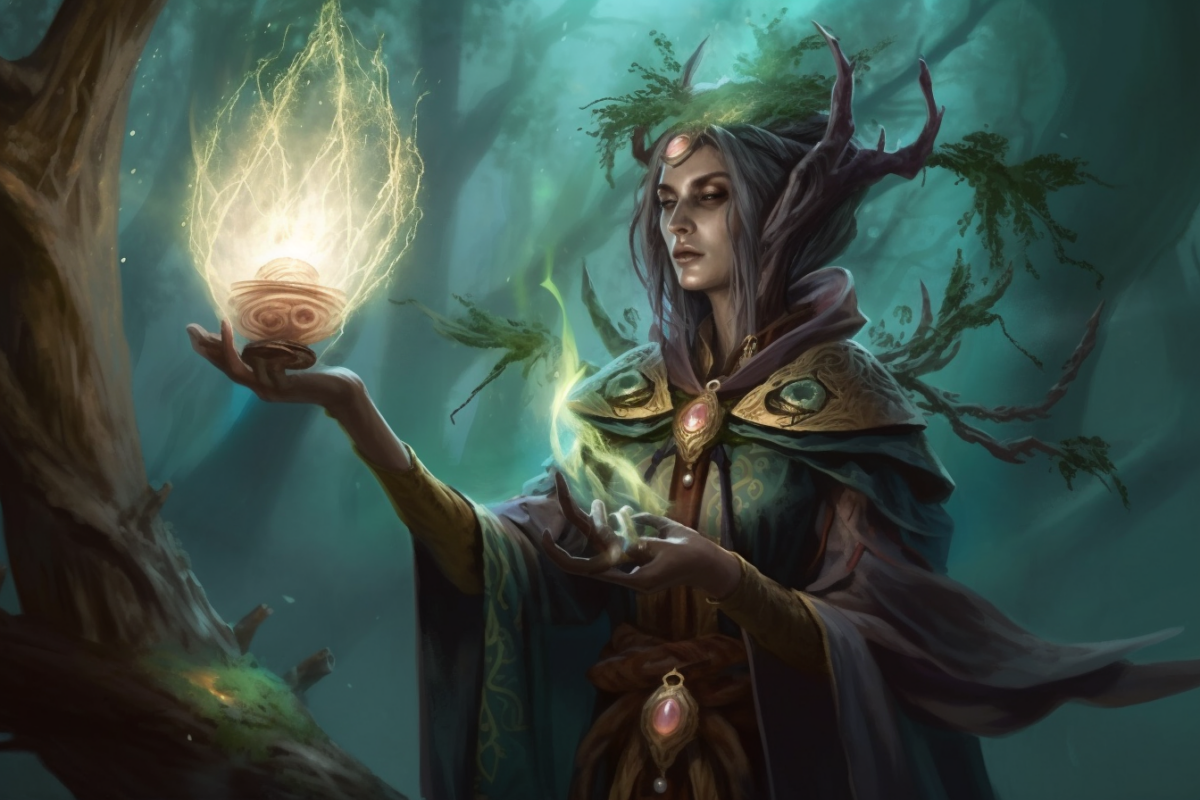
Guidance is a spell that should always be active if you aren’t focusing on a long Concentration spell between combat. The spell should be focused on any ally who needs it the most.
What this spell does is provide the target with a d4 die that they can roll once before the spell ends. The number they get can then be added to their ability check of choice, and the roll can be made before or after the ability check.
Rogues make skills checks when searching, handling traps, or sneaking, so having Guidance on them would be very beneficial.
Note: If you’re not concentrating on anything else, Guidance should be active as you go into every fight, as the target can use it on their initiative roll (which is a Dexterity check).
14. Invisibility (2nd-level)
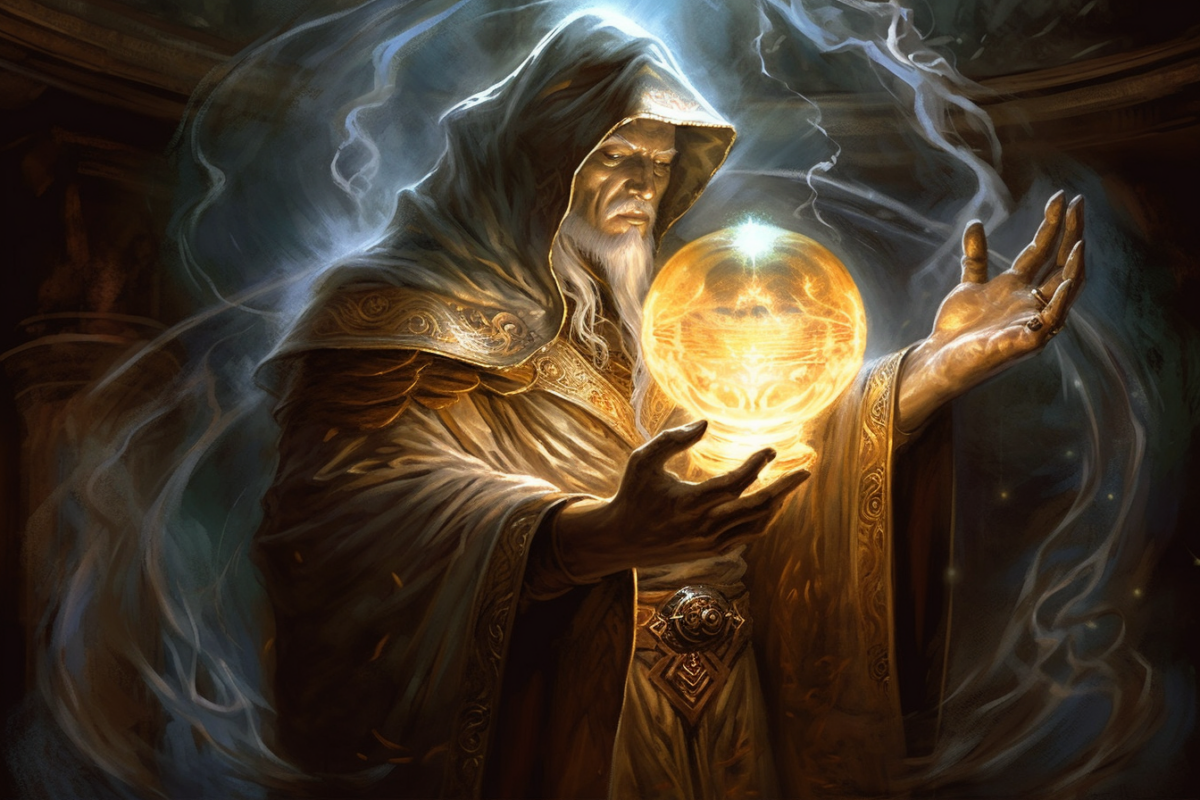
Invisibility is crucial for any party who wants to scout or infiltrate points of interest. Without enemies knowing you’re there, they won’t even know to attempt to look for you.
A creature you touch will become invisible for the spell’s duration (up to 1 hour, as it uses Concentration). When upcasting the spell above a 2nd-level spell slot, you’ll be able to target one additional creature for each slot.
Note: If you cast a spell or attack, Invisibility will immediately end.
13. Absorb Elements (1st-level)
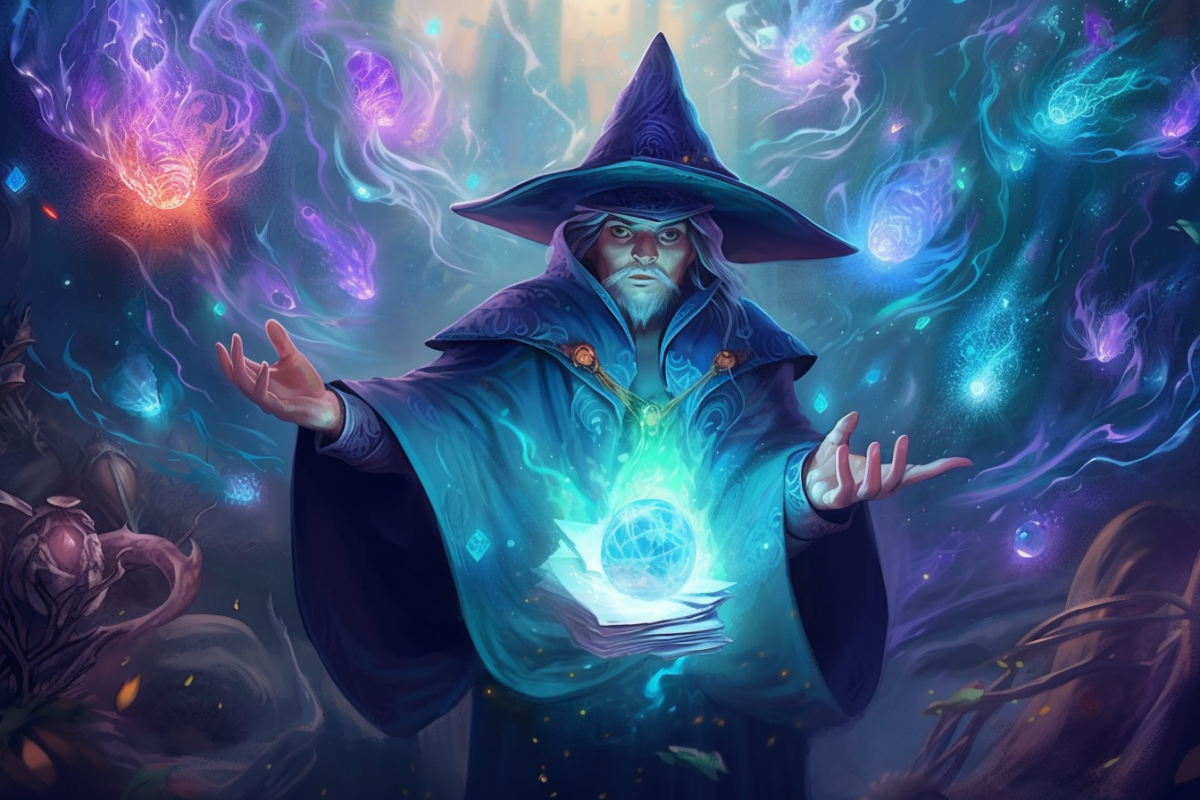
Like other half-casters like Paladins and Rangers, Artificers obtain protection spells much later than full-casters.
Therefore, Absorb Elements is a great spell to take at level 1, as it’ll provide an extra layer of defense.
Absorb Elements captures any incoming energy, lessening its effects and storing it until your next melee attack. You’ll have resistance to the triggering damage type and deal 1d6 extra damage (of the triggering type) on your next melee attack.
Absorb Elements’ protection will keep you safe until you or your allies gain access to better protection spells.
12. Tiny Servant (3rd-level)
Familiars are very similar to Tiny Servant, as it acts as a temporary familiar. The main difference is that Tiny Servant can attack but is terrible at it. The servant also has fixed stats, something a familiar doesn’t have.
The servant is made when you touch one tiny nonmagical object. It’ll then become a tiny construct that can follow simple commands.
Most people use the servant as a sentry, as they don’t fair well with complex commands. However, it can quickly inform you of approaching creatures due to the mental connection it has to you.
11. Tasha’s Caustic Brew (1st-level)
The Artificer doesn’t have another 1st-level AoE spell, so taking Tasha’s Caustic Brew will make dealing with crowds of enemies much easier.
The caustic brew lasts 1 minute and affects all creatures in a line of 30 feet long and 5 feet wide. If hit by the acid the spell releases, all affected creatures will take 2d4 Acid damage on each turn.
If the full 10 minutes are used, each creature affected will take 20d4 Acid damage, enough to kill most CR 2 or 3 creatures.
10. Prestidigitation (Cantrip)
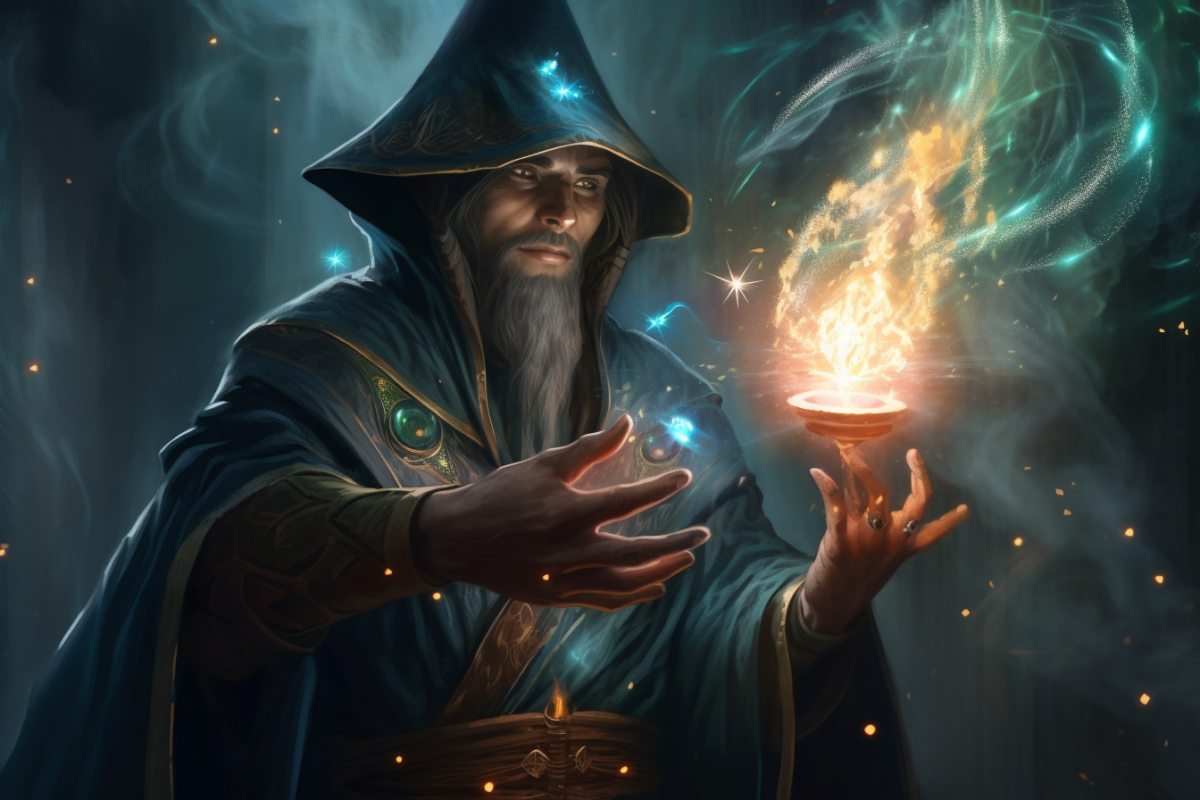
Prestidigitation is a versatile spell used to complete various tasks or distract enemies.
The spell has 6 different effects, ranging from lighting a small campfire, making sensory effects, or creating nonmagical trinkets.
When combined with a Rogue or Ranger, effects that disrupt, confuse, or scare enemies can be used as a stealth/infiltration tactic.
9. Spider Climb (2nd-level)
Even if flight is available, Spider Climb is extremely useful, especially when you want to cross or get to areas without needing high-level spell slots.
Upon touching the desired target, they gain the ability to move down, up, and across vertical surfaces. The target will also gain a climbing speed equal to their walking speed.
The spell lasts up to 1 hour, meaning you can easily maneuver a small dungeon without having to recast the spell.
8. Mending (Cantrip)
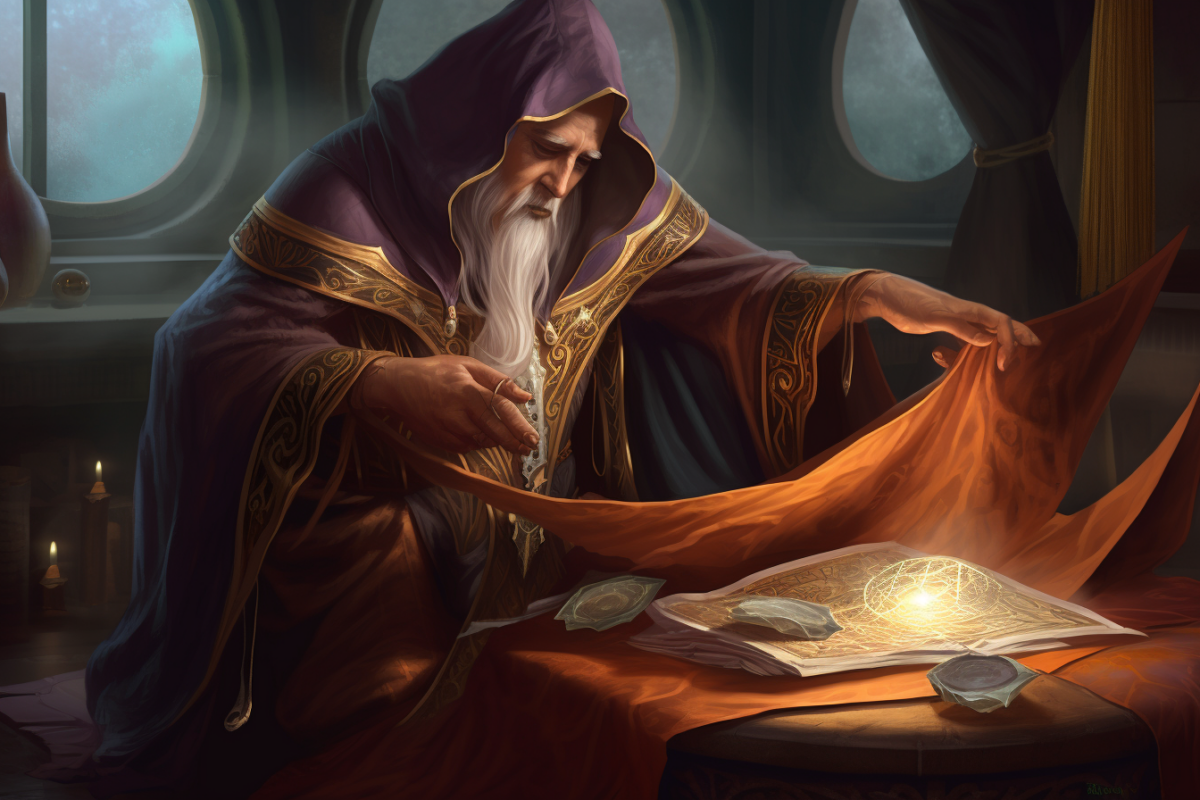
If you play an Artillerist or Battlesmith, you’ll need Mending by the 3rd level. The benefit of having it is just too great to go without.
When you touch an object with a single break or tear no larger than 1 foot, you mend it without any trace of the former damage.
Mending has two downsides that some patience and sacrifice can solve. Firstly, it takes 1 minute to cast, so your allies must wait a bit. Secondly, you carry two cursed items (lodestones), so don’t use a Dash or Disengage action.
7. Darkvision (2nd-level)
Adventuring will often have cliches, like slaying dragons, breaking curses, or traveling to dark caves searching for pesky goblins. That’s why, in most cases, you’ll need some form of vision in the dark, like a torch or Darkvision.
After touching the target you wish to affect, they can see in the dark. The spell will last 8 hours, and the affected target will darkvision in a range of 60 feet.
If your party does a lot of adventuring in the dark or doesn’t benefit from darkvision from their race, use Darkvision to make things easier.
6. Feather Fall (1st-level)
Dying from fall damage is probably one of the most embarrassing and disappointing ways to die in D&D. In most situations; it’s wholly unnecessary. By taking Feather Fall, you’ll ensure it never happens in your campaign.
You can choose up to five creatures within 60 feet of you. When cast, all targets have their rate of descent slowed by 60 feet per round. Landing after falling while the spell is active makes you take no fall damage.
You’ll never go wrong by picking this spell.
5. Greater Restoration (5th-level)
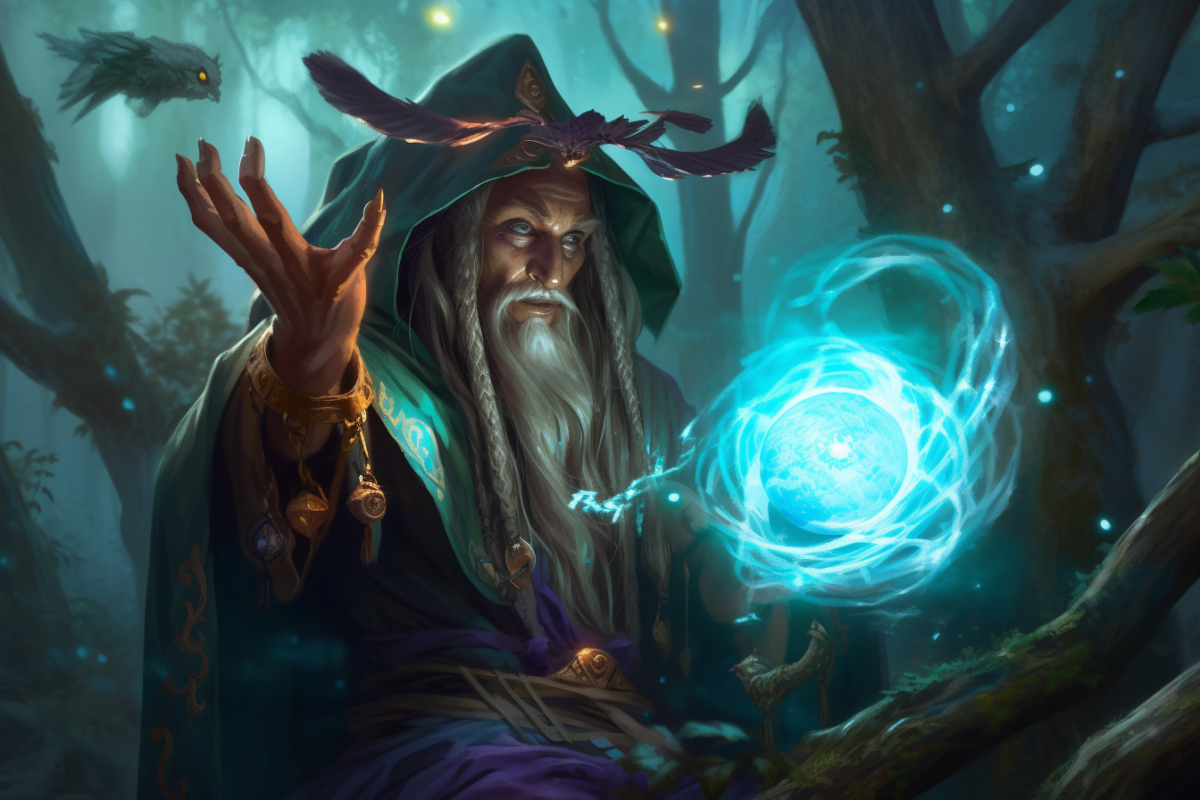
Clerics are known for their supportive spells and great healing. However, if you don’t have a Cleric in your party, you’ll want to take Greater Restoration.
Upon touching a creature, you will imbue them with positive energy, canceling a negative effect that they have.
You’ll be able to reduce their exhaustion level by 1 or lift a curse or spell that reduced the target’s HP.
Lending a helping hand to a party member under severe debilitating effects is always needed.
4. Arcane Eye (4th-level)
Arcane Eye is a very straightforward spell and is considered one of the best scouting spells in the game.
When cast, the spell creates an invisible eye from which you receive mental visual information. The eye has normal vision and darkvision up to 30 feet away. The eye can move up to 30 feet from you, lasting up to 1 hour.
The scenarios where this spell is useful can extend an entire page, as you’ll be able to use it in almost any scenario to get near-perfect scouting information.
3. Revivify (3rd-level)
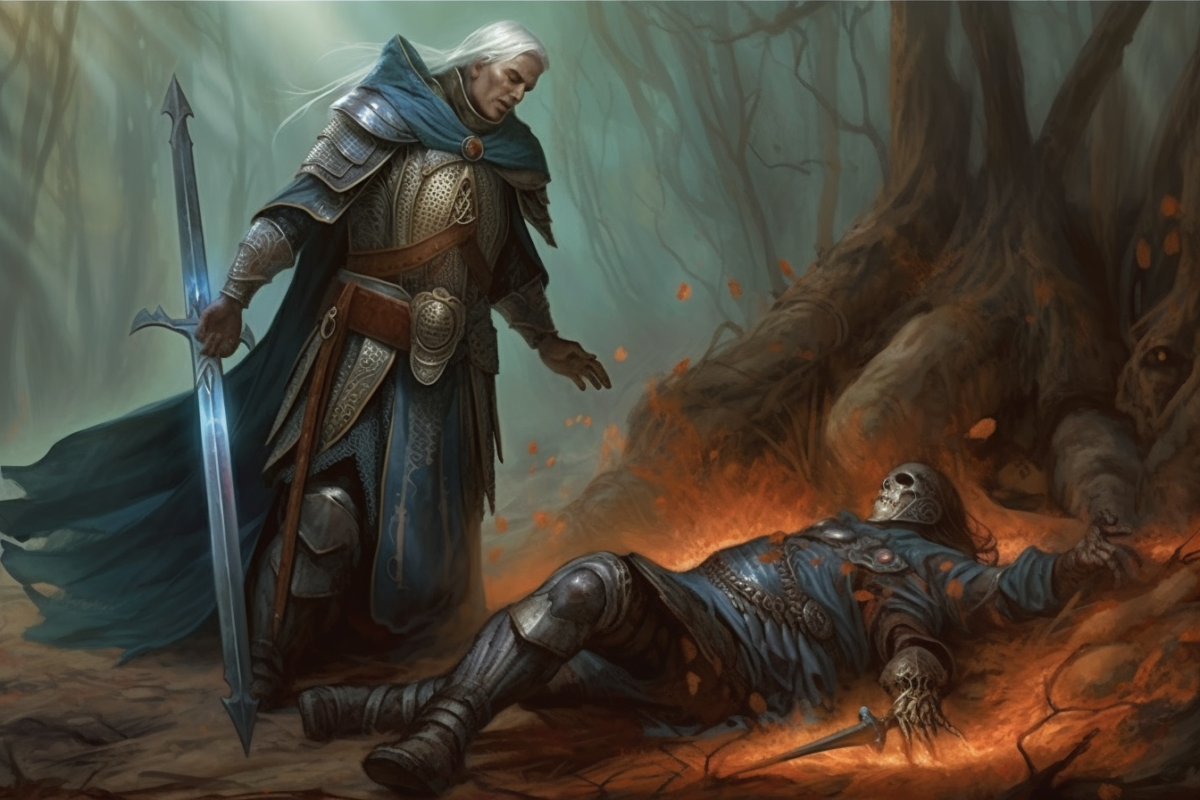
Anyone who can cast Revivify usually thinks about or picks the spell, and yes, it’s that good.
When you touch a creature that has died within the last minute, you can return them to 1 HP.
The spell can’t restore missing body parts, but resurrecting a comrade is much better than having them dead.
2. Stone Shape (4th-level)
Stone Shape can is probably one of the most useful spells in D&D.
Touching a Medium sized object or section of stone of up to 5 feet allows you to shape it into what suits you. You can shape rocks into weapons, make passages or even sculpt a divine idol.
All sorts of places like castles, caves, mountains, dungeons, and much more all have enormous amounts of stone.
1. Creation (5th-level)
A spell that is only limited by its maximum volume and by your creativity has near-infinite uses.
You can make an object that is no larger than a 5-foot cube. You can conjure all sorts of things with it, including stone, metal, crystals, wood, or even a cube of food.
While each object’s duration is different, and the casting time (1 minute) makes the spell challenging to use in combat, Creation still stands as a solid option for any Artificer.
Final Thoughts
While Artificers aren’t the most popular pick in D&D, they have a lot of great spells that work well with the class’ purpose.
The spells aren’t class-specific, but they work so well with the Artificer’s supportive playstyle that you’d think they were.
It would be great if more people would start picking the Artificer as a class; even though it is mainly supportive, there are so many different ways to play this class that you won’t possibly get bored!
You might also be interested in the following:

![Top 20 Best Artificer Spells in D&D 5e [Ranked]](https://tabletopden.com/wp-content/uploads/2023/03/Best-Artificer-Spells-in-DD-5e-728x410.jpg)
Top 20 Best Barbarian Spells in D&D 5e [Ranked]
Wednesday 3rd of January 2024
[…] Best Artificer Spells 5e […]
The 15 Best Wizard Feats in D&D 5e [Ranked]
Monday 18th of September 2023
[…] one Cantrip you choose from the Artificer spell list and one 1st-level spell you choose from the same […]